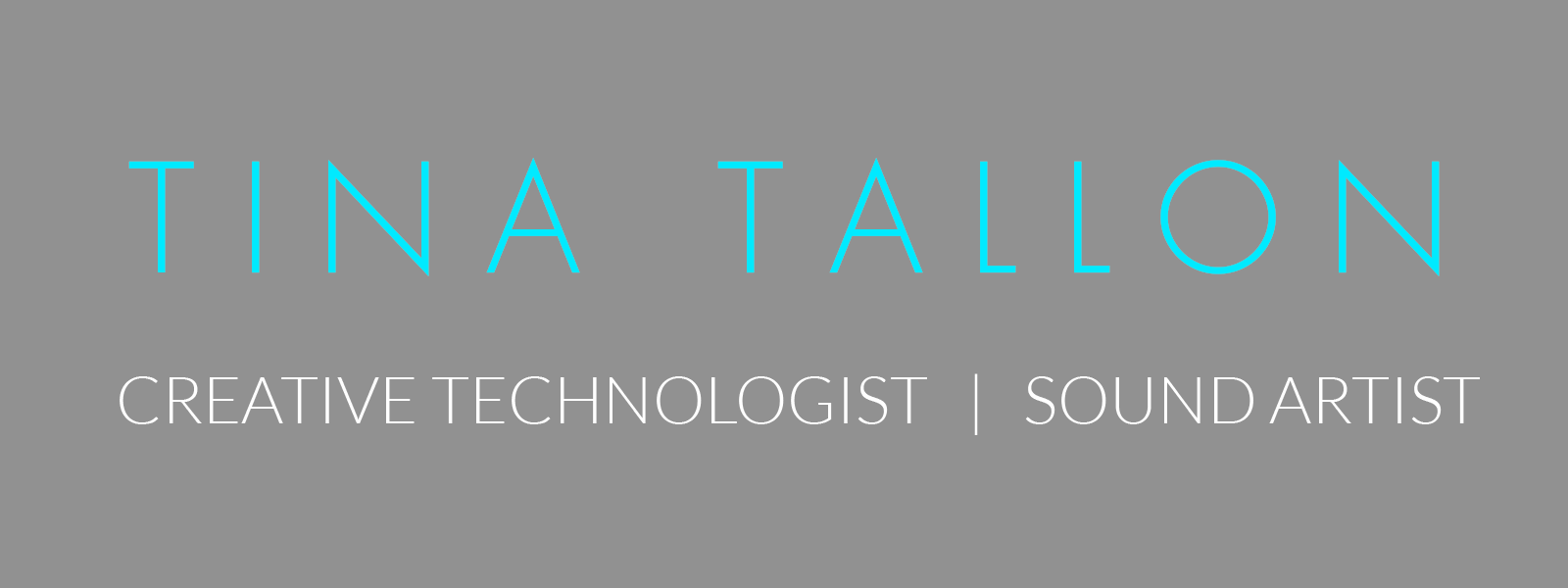OSU Teaching Demo Resources
Google Colab Notebook:
https://colab.research.google.com/drive/1O29mLQj-AJBbk4fLnoU-2PXTZ1TZQhFI?usp=sharing
General Resources
- Huron, D. (2008). Sweet Anticipation: Music and the Psychology of Expectation. MIT Press. https://mitpress.mit.edu/9780262582780/sweet-anticipation/
- International Society for Music Information Retrieval (ISMIR): https://ismir.net/
- Roman, I. (2023, October 9). musicinformationretrieval.com. Musicinformationretrieval.Com. http://musicinformationretrieval.com/
- Sacks, O. (2007). Musicophilia: Tales of Music and the Brain. Knopf. https://www.oliversacks.com/oliver-sacks-books/musicophilia-oliver-sacks/
- National Institutes of Health. (2023). The NIH Music-Based Intervention Toolkit. NCCIH. https://www.nccih.nih.gov/research/the-nih-music-based-intervention-toolkit
- Everynoise.com
AI (and Spotify) in the News
- Alford, A. (2023, March 9). Spotify CEO explains issue of artists’ pay, says it’s “hard to change the narrative.” CBS News. https://www.cbsnews.com/news/spotify-ceo-daniel-ek-artists-pay-hard-to-change-the-narrative/
- Herstand, A. (2023, December 11). Why Spotify’s New Payment Model Falls Short For Emerging Artists: Guest Column. Variety. https://variety.com/2023/music/opinion/spotify-new-payment-model-falls-short-emerging-artists-1235834319/
- Krukowski, D. (2023, November 30). Spotify made £56m profit, but has decided not to pay smaller artists like me. We need you to make some noise. The Guardian. https://www.theguardian.com/commentisfree/2023/nov/30/spotify-smaller-artists-wrapped-indie-musicians
- Olson, E. (2023, December 4). Spotify to cut 17% of staff in the latest round of tech layoffs. NPR. https://www.npr.org/2023/12/04/1216950219/spotify-layoffs-17-percent-tech
Coding Resources
- Alghofaili, Y. (2021, July 20). Interpretable K-Means: Clusters Feature Importances. Towards Data Science. https://towardsdatascience.com/interpretable-k-means-clusters-feature-importances-7e516eeb8d3c
- Flateman, J. (2021, November 1). Spotipy Basics — using the Spotify Web API. Medium. https://medium.com/@jonahflateman/spotipy-basics-using-the-spotify-web-api-ac9606599bf2
- Lamere, P. (2020). Spotipy: A lightweight Python library for the Spotify Web API. https://github.com/plamere/spotipy
- Lamere, P. (2023). Welcome to Spotipy! — spotipy 2.0 documentation. Spotipy 2.0 Documentation. https://spotipy.readthedocs.io/en/latest/
- Li, A. (2021, May 21). Machine learning and recommender systems using your own Spotify data. Towards Data Science. https://towardsdatascience.com/machine-learning-and-recommender-systems-using-your-own-spotify-data-4918d80632e3
- Roman, I. (2023, October 9). musicinformationretrieval.com. Musicinformationretrieval.Com. http://musicinformationretrieval.com/
- Spotify. (2023). Web API | Spotify for Developers. Spotify. https://developer.spotify.com/documentation/web-api
- Vlerick, A. (2021, October 4). K-means clustering using Spotify song features. Medium. https://towardsdatascience.com/k-means-clustering-using-spotify-song-features-9eb7d53d105c
NMT Resources
- Edwards, E., St Hillaire-Clarke, C., Frankowski, D. W., Finkelstein, R., Cheever, T., Chen, W. G., Onken, L., Poremba, A., Riddle, R., Schloesser, D., Burgdorf, C. E., Wells, N., Fleming, R., & Collins, F. S. (2023). NIH Music-Based Intervention Toolkit: Music-Based Interventions for Brain Disorders of Aging. Neurology, 100(18), 868–878. https://doi.org/10.1212/WNL.0000000000206797
- Ferreri, L., Mas-Herrero, E., Zatorre, R. J., Ripollés, P., Gomez-Andres, A., Alicart, H., Olivé, G., Marco-Pallarés, J., Antonijoan, R. M., Valle, M., Riba, J., & Rodriguez-Fornells, A. (2019). Dopamine modulates the reward experiences elicited by music. Proceedings of the National Academy of Sciences of the United States of America, 116(9), 3793–3798. https://doi.org/10.1073/pnas.1811878116
- Ghilain, M., Hobeika, L., Schiaratura, L., Lesaffre, M., Six, J., Desmet, F., Clément, S., & Samson, S. (2021). Sensorimotor synchronisation and non-verbal behaviours in Alzheimer’s disease: the influence of social and musical contexts. Geriatrie Et Psychologie Neuropsychiatrie Du Vieillissement. https://doi.org/10.1684/pnv.2020.0903
- Ghilain, M., Hobeika, L., Lesaffre, M., Schiaratura, L., Singh, A., Six, J., Huvent-Grelle, D., Puisieux, F., & Samson, S. (2020). Does a Live Performance Impact Synchronization to Musical Rhythm in Cognitively Impaired Elderly? Journal of Alzheimer’s Disease: JAD, 78(3), 939–949. https://doi.org/10.3233/JAD-200521
- Grahn, J. A., & Rowe, J. B. (2009). Feeling the Beat: Premotor and Striatal Interactions in Musicians and Nonmusicians during Beat Perception. Journal of Neuroscience, 29(23), 7540–7548. https://doi.org/10.1523/JNEUROSCI.2018-08.2009
- Güney, G., Jansen, T. S., Dill, S., Schulz, J. B., Dafotakis, M., Hoog Antink, C., & Braczynski, A. K. (2022). Video-Based Hand Movement Analysis of Parkinson Patients before and after Medication Using High-Frame-Rate Videos and MediaPipe. Sensors, 22(20), 7992. https://doi.org/10.3390/s22207992
- Kirkham, E. (n.d.). How does the brain process rhythm? ELife, 3, e02658. https://doi.org/10.7554/eLife.02658
- Li, K., Cui, C., Zhang, H., Jia, L., Li, R., & Hu, H.-Y. (2022). Exploration of combined physical activity and music for patients with Alzheimer’s disease: A systematic review. Frontiers in Aging Neuroscience, 14, 962475. https://doi.org/10.3389/fnagi.2022.962475
- Marques, A., Marconcin, P., Werneck, A. O., Ferrari, G., Gouveia, É. R., Kliegel, M., Peralta, M., & Ihle, A. (2021). Bidirectional Association between Physical Activity and Dopamine Across Adulthood—A Systematic Review. Brain Sciences, 11(7), 829. https://doi.org/10.3390/brainsci11070829
- McCrary, J. M., Altenmüller, E., Kretschmer, C., & Scholz, D. S. (2022). Association of Music Interventions With Health-Related Quality of Life. JAMA Network Open, 5(3), e223236. https://doi.org/10.1001/jamanetworkopen.2022.3236
- Nobili, A., Latagliata, E. C., Viscomi, M. T., Cavallucci, V., Cutuli, D., Giacovazzo, G., Krashia, P., Rizzo, F. R., Marino, R., Federici, M., De Bartolo, P., Aversa, D., Dell’Acqua, M. C., Cordella, A., Sancandi, M., Keller, F., Petrosini, L., Puglisi-Allegra, S., Mercuri, N. B., … D’Amelio, M. (2017). Dopamine neuronal loss contributes to memory and reward dysfunction in a model of Alzheimer’s disease. Nature Communications, 8(1), 14727. https://doi.org/10.1038/ncomms14727
- Shankar, N. (2022). Music Therapy: A Necessary Addition to the Treatment of Neurodegenerative Disorders? Georgetown Medical Review, 6(1). https://doi.org/10.52504/001c.34720
- The Rhythm Project. (2017, June 20). Stephen McAdams – Timbre as a Rhythmic Structuring Force in Music. https://www.youtube.com/watch?v=MWUMcXQSpe8
- Wilkins, R. W., Hodges, D. A., Laurienti, P. J., Steen, M., & Burdette, J. H. (2014). Network Science and the Effects of Music Preference on Functional Brain Connectivity: From Beethoven to Eminem. Scientific Reports, 4(1), 6130. https://doi.org/10.1038/srep06130
- Wittwer, J. E., Winbolt, M., & Morris, M. E. (2019). Home-Based Gait Training Using Rhythmic Auditory Cues in Alzheimer’s Disease: Feasibility and Outcomes. Frontiers in Medicine, 6, 335. https://doi.org/10.3389/fmed.2019.00335
- What Happens to the Brain in Alzheimer’s Disease? (n.d.). National Institute on Aging. Retrieved January 18, 2024, from https://www.nia.nih.gov/health/alzheimers-causes-and-risk-factors/what-happens-brain-alzheimers-disease

